Hyundai Creta Becomes India's Undisputed Sales King, Second Month in a Row
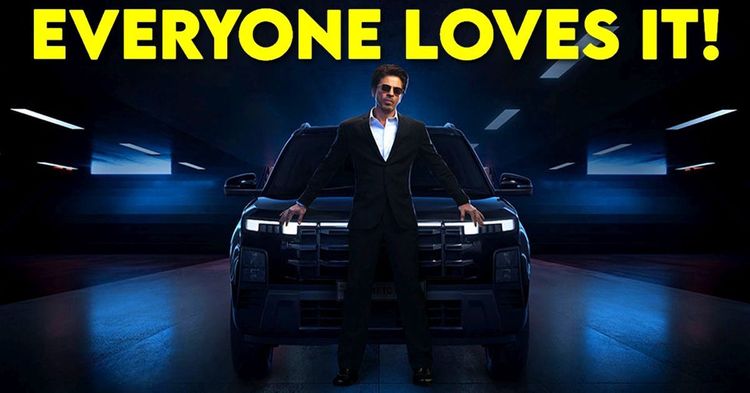

The Hyundai Creta has emerged as the top-selling passenger car in India for the second month in a row, leading April 2025 sales with 17,016 units. Marking a 10.2% year-on-year growth, the SUV continues its strong run from the start of the year, clocking nearly 70,000 units between January and April. The numbers underline more than just a sales trend - they reflect Hyundai’s ability to respond to changing customer preferences with consistency.
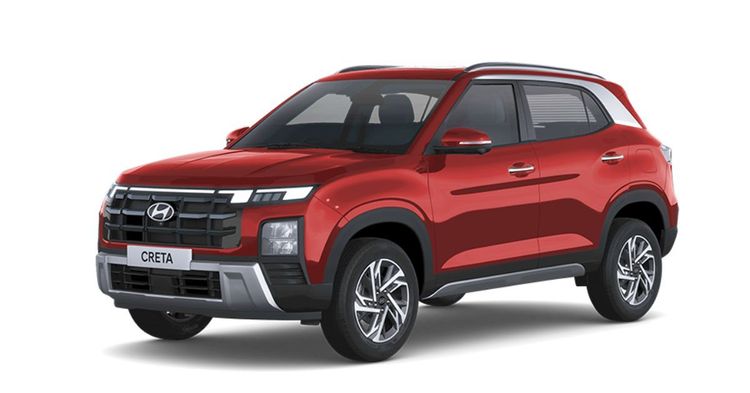
In a segment that is becoming increasingly competitive, the Creta’s sustained popularity raises an important question: what is keeping this model ahead of the pack? The answer lies in a mix of product breadth, practical design updates, and Hyundai’s well-established service infrastructure. Rather than redefining the category, the Creta seems to have refined what many Indian buyers are looking for.
One of the key reasons behind the Creta’s broad appeal is the diversity in its line-up. Hyundai has made sure there is something for nearly every kind of buyer. The 1.5-litre petrol engine paired with a CVT gearbox caters to daily urban commuters who prefer an easy, automatic experience in traffic-heavy cities. At the other end of the spectrum, the turbo-petrol manual variant offers a more spirited drive with 158 HP - an option that may appeal to those prioritising performance, especially for highway travel.
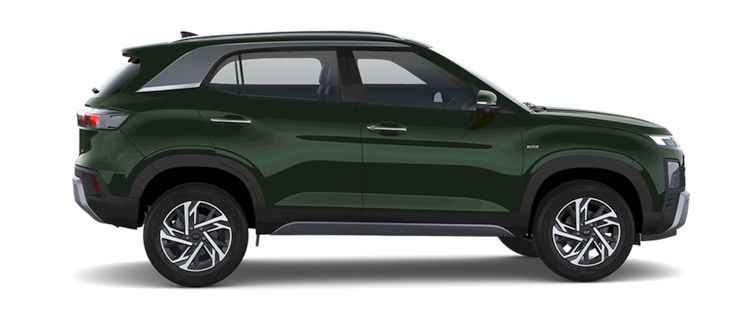
For buyers focused on long-distance efficiency and running costs, the diesel version remains a relevant option, offering fuel efficiency of up to 21.8 km/l. Additionally, Hyundai introduced the Creta Electric earlier this year, adding another alternative for buyers exploring EVs. While still new in the market, the EV variant offers the same spaciousness and comfort as its ICE counterparts. That said, adoption has been slow so far - only 600 units were sold in April - suggesting the electric model may still be finding its footing.
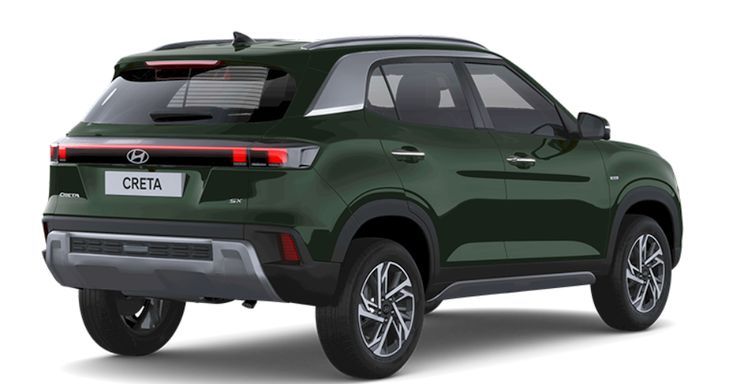
The evolution of the Creta’s design reflects a broader shift in customer expectations. The early years saw polarising reactions to its split headlamp design, but Hyundai responded with a more unified and mainstream look in the 2024 facelift. The refreshed version now sports a larger grille and a cleaner LED signature, taking cues from Hyundai’s global design language.
Despite these changes, the Creta has retained its compact footprint of 4.3 metres, which remains a practical advantage in Indian cities. Boot space at 433 litres continues to offer everyday usability for most families. Other updates, such as more restrained alloy wheel designs and improved materials inside the cabin, have subtly enhanced the model’s overall appeal without drastic reinventions.
The Creta’s success also owes much to Hyundai’s brand familiarity and service reach. With over 1,300 service centres across India, the ownership experience remains accessible, even in smaller towns. Features such as a 3-year/unlimited kilometre warranty, standard six airbags, and ADAS in higher variants position the SUV as relatively future-ready without overshooting expectations.
More than 1.2 million units of the Creta have been sold since its launch in 2015. This established user base, combined with a reasonably strong resale value - around 65–70% after three years - helps reinforce the model’s position in the market. For many middle-class and upper-middle-class buyers moving up from a hatchback or compact sedan, the Creta has become a common next step.
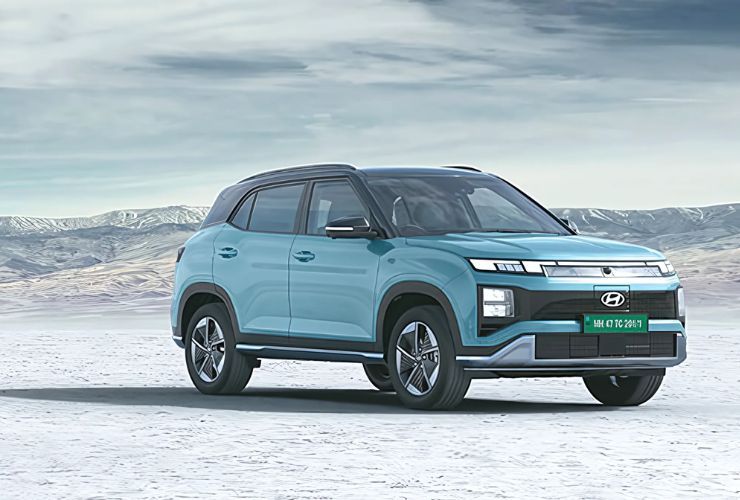
The addition of the Creta EV marks Hyundai’s attempt to future-proof its SUV portfolio. Priced between ₹18 lakh and ₹25 lakh (ex-showroom), the EV variant positions itself as a roomier, more familiar alternative to newer entrants in the electric SUV space. However, with rivals like the Tata Curvv EV and Mahindra’s electric line-up on the horizon, Hyundai’s early lead in ICE SUVs may not automatically translate to dominance in the EV segment.
Initial sales numbers - just 600 units sold in April 2025 - suggest a cautious reception, with buyers preferring greater value offering by rivals such as the MG Windsor and Mahindra XEV 9e.
The Creta’s sales performance is not just a story of one car but a broader indicator of what Indian consumers currently value: familiarity, variety, convenience, and reliability. While the market is rapidly diversifying - with a growing interest in hybrid and electric vehicles, and more tech-driven features - the Creta’s success suggests that many buyers are still looking for dependable, practical solutions that can meet a range of needs without being overwhelming.
Hyundai’s focus on local tuning - whether it’s infotainment compatibility with apps like JioSaavn or suspension that handles patchy roads - helps it maintain relevance in the face of evolving tastes. However, whether the Creta can hold on to its top spot will depend on how it adapts in the months ahead, especially as more challengers emerge in both the petrol-diesel and electric spaces.
As the automotive industry pivots towards electrification, connected features, and greater safety benchmarks, the Creta’s current reign may not be indefinite. But for now, it offers a balanced package that resonates with a wide spectrum of Indian buyers - not necessarily by dazzling innovation, but by staying grounded in what actually works.